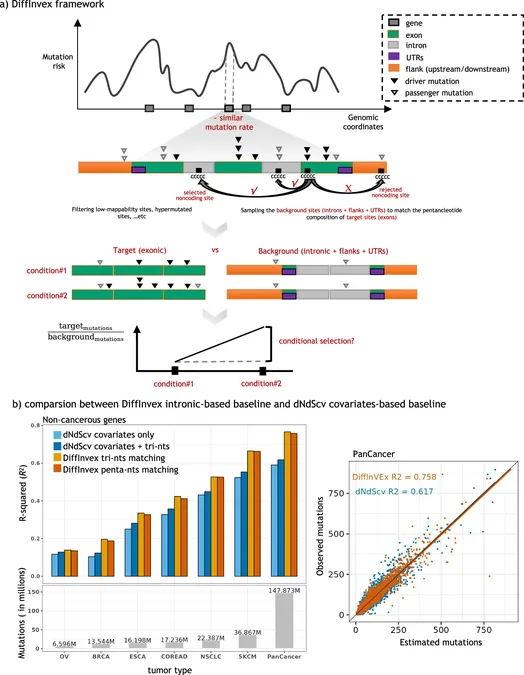
A Game-Changer in Melanoma Monitoring: New Blood Test Could Predict Cancer Return!
2025-04-21
Author: Li
A revolutionary blood test is making waves in the fight against skin cancer, offering a beacon of hope for patients at high risk of melanoma recurrence after surgery.
This innovative test can identify fragments of tumor DNA through a simple blood draw, revealing hidden remnants of Stage III melanoma—the lethal form of skin cancer that poses the highest threat of metastasis. Unlike traditional imaging techniques that may miss small, critical tumors, this test could signal which patients require more aggressive treatment.
Dr. David Polsky, the senior author of the study from New York University Grossman School of Medicine, envisions using the test regularly in the months following surgery. Patients could be monitored every month or two during the pivotal first three years post-surgery, allowing for early detection of cancer recurrence.
If tumor DNA is detected, doctors can take immediate action, employing more sophisticated imaging or opting for a potent cocktail of cancer medications rather than a single drug treatment.
Melanoma, a malignancy originating from melanocytes—pigmented skin cells—may represent just 1% of all skin cancer cases, but it accounts for the majority of skin cancer deaths due to its aggressive nature and rapid spread to vital organs.
Polsky’s team specifically studied Stage III melanoma, known for its ability to invade nearby lymph nodes, prompting surgical intervention to remove as much cancer as possible before starting systemic therapy.
Typically, patients undergo CT scans to monitor for recurrence, but these scans can sometimes overlook minuscule deposits of melanoma. By focusing on circulating tumor DNA (ctDNA), the team aimed to catch these elusive traces of cancer earlier. These tiny DNA fragments are released by tumor cells and can be detected in the blood based on unique mutations associated with cancer.
In their robust clinical trial comprising 597 post-surgery patients, researchers found that 13% exhibited detectable ctDNA immediately after their operations. Alarmingly, every one of these individuals faced a recurrence of their cancer. Furthermore, patients whose ctDNA levels increased during follow-up tests or remained consistently high were at a greater risk of melanoma returning.
The results were astonishing: the presence of ctDNA predicted cancer recurrence with 100% accuracy. However, a negative result did not guarantee safety; while 71% of patients with no detectable ctDNA did not experience recurrence, some still faced a return of their cancer.
"The tests are highly accurate when they are positive, but not as accurate when they are negative," Polsky clarified.
Published on April 15 in The Lancet Oncology, the study places a spotlight on this groundbreaking test. Polsky is now looking towards practical application, aiming to integrate the test into clinical practices to guide treatment decisions and eventually determine if it indeed offers better patient outcomes.
"Proving the clinical utility of this test would be a tremendous advancement for managing melanoma that has spread beyond the skin," Polsky concluded.



 Brasil (PT)
Brasil (PT)
 Canada (EN)
Canada (EN)
 Chile (ES)
Chile (ES)
 Česko (CS)
Česko (CS)
 대한민국 (KO)
대한민국 (KO)
 España (ES)
España (ES)
 France (FR)
France (FR)
 Hong Kong (EN)
Hong Kong (EN)
 Italia (IT)
Italia (IT)
 日本 (JA)
日本 (JA)
 Magyarország (HU)
Magyarország (HU)
 Norge (NO)
Norge (NO)
 Polska (PL)
Polska (PL)
 Schweiz (DE)
Schweiz (DE)
 Singapore (EN)
Singapore (EN)
 Sverige (SV)
Sverige (SV)
 Suomi (FI)
Suomi (FI)
 Türkiye (TR)
Türkiye (TR)
 الإمارات العربية المتحدة (AR)
الإمارات العربية المتحدة (AR)